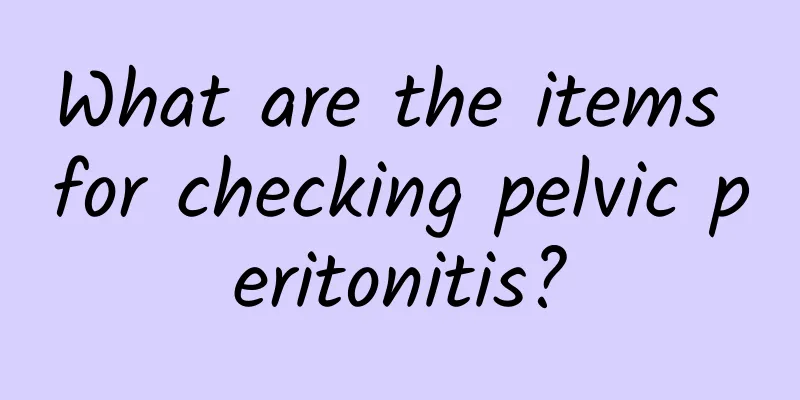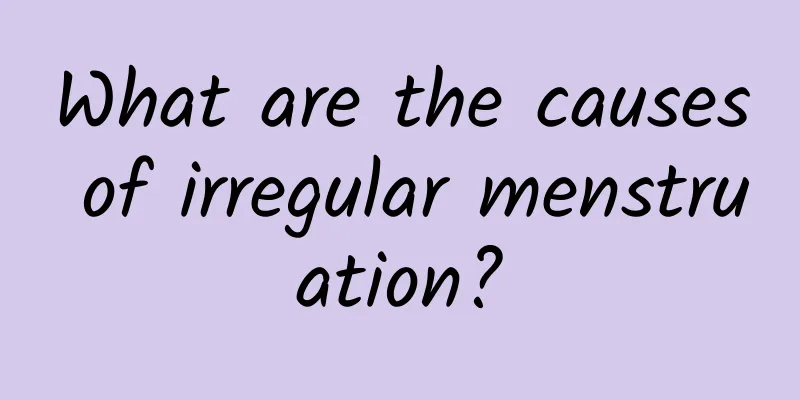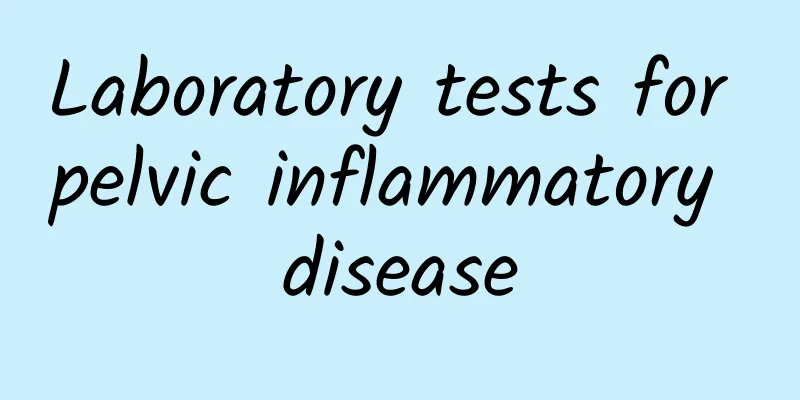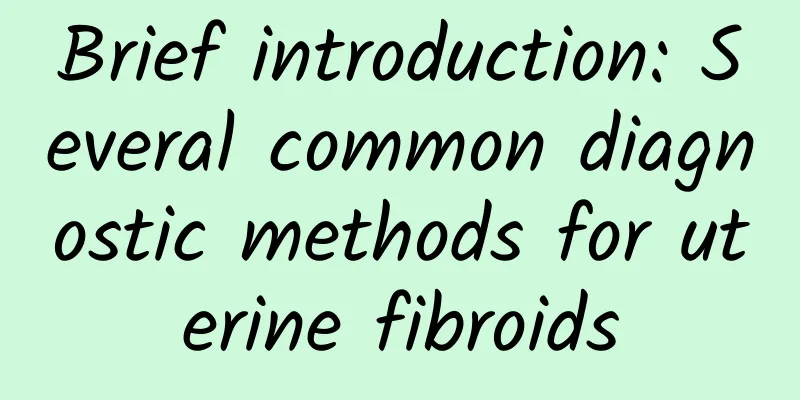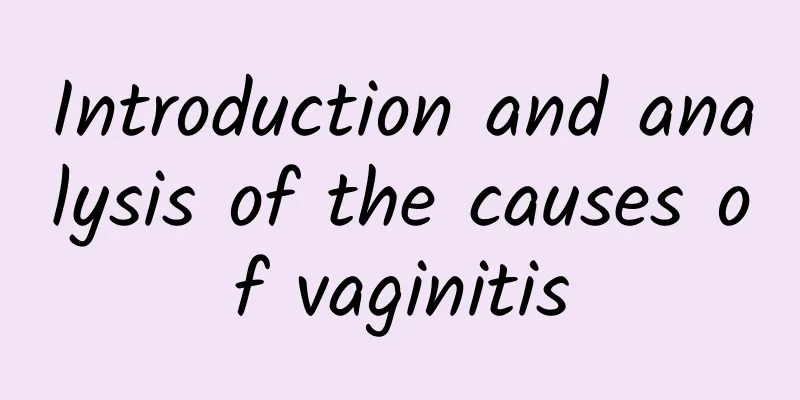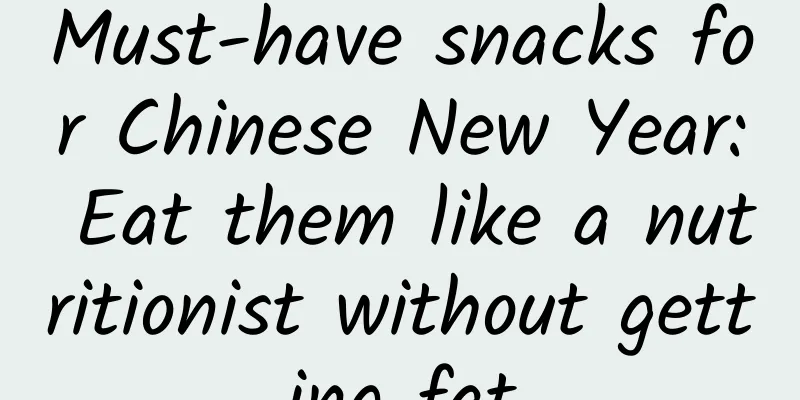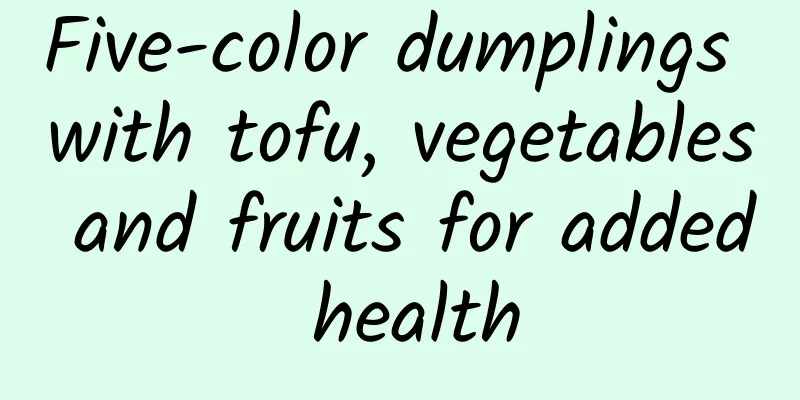What is uterine fibroids? How to treat it? What are the symptoms and treatment methods of uterine fibroids?
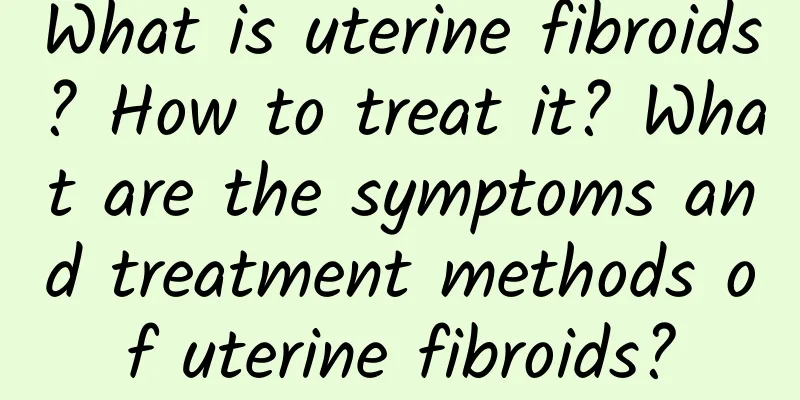
|
What is uterine fibroids and how to treat them Uterine fibroids are benign tumors that grow on the lining of the uterus. They are made up of uterine smooth muscle cells and can appear alone or in groups. Although uterine fibroids do not cause serious problems in most cases, in some cases they can cause pain, irregular bleeding, and difficulty conceiving. Therefore, it is important to understand the symptoms and treatments for uterine fibroids. symptom: 1. Irregular menstruation: Uterine fibroids may cause changes in the menstrual cycle, including prolonged menstrual period, increased menstrual blood volume and shortened menstrual cycle. 2. Pain: Uterine fibroids may compress surrounding organs during their growth, causing discomfort such as pelvic pain and back pain. 3. Abdominal distension: Larger uterine fibroids may cause a feeling of abdominal distension and even affect normal urination and defecation functions. 4. Infertility or miscarriage: Uterine fibroids may cause changes in estrogen levels and abnormal endometrial structure, thus affecting the successful embedding of the fertilized egg and the normal development of the fetus. Treatment: 1. Observation and treatment For patients with small uterine fibroids and no obvious symptoms, observational treatment is a common approach. Regular gynecological examinations are performed to monitor the growth of the tumor and to note changes in symptoms. This treatment method is suitable for women who still plan to have children in the future. 2. Drug treatment Medical treatment is the use of drugs to relieve the symptoms of uterine fibroids and control the growth of tumors. Commonly used drugs include oral contraceptives, hormone drugs, and anticoagulants. These drugs work by regulating the levels of estrogen and progesterone to achieve the purpose of tumor control. 3. Surgical treatment Surgical treatment is an effective method for treating uterine fibroids. Common surgeries include myomectomy, uterine fibroid embolization, and hysterectomy. These surgeries can completely remove uterine fibroids, but may have a certain impact on fertility, so it is necessary to choose the appropriate surgical method under the guidance of a doctor. IV. Interventional Therapy Interventional therapy is a method of treating uterine fibroids through catheter and radiation intervention techniques. Common interventional therapies include uterine artery embolization and uterine artery high-intensity focused ultrasound therapy. These methods can selectively block the blood vessels supplying the tumor or use high-intensity ultrasound to destroy tumor cells, thereby achieving a therapeutic effect. Although uterine fibroids are a common gynecological disease, they do not necessarily require immediate treatment. When choosing a treatment method, it can be evaluated and selected based on its size, number, symptoms, and the patient's fertility needs. For small uterine fibroids with no obvious symptoms, observation and treatment may be a suitable option. For larger uterine fibroids with obvious symptoms, more active intervention methods such as surgical treatment or interventional treatment should be considered. Ultimately, the treatment plan should be determined by the doctor based on a comprehensive evaluation of the patient's specific situation. |
Recommend
Can we still eat radishes and onions after they sprout? Nutrition experts reveal: "These" foods are more nutritious after sprouting
Many housewives have the experience of leaving ra...
What are the dangers of irregular menstruation?
Every woman has her menstrual period once a month...
What to eat to prevent the recurrence of uterine fibroids What to eat to prevent the continued growth of uterine fibroids
What to eat to prevent the recurrence of uterine ...
Are there any unexpected benefits for women with apple-shaped butts? Occupational therapist teaches: 4 exercises to slim your butt
Although women may not be satisfied with their bi...
Visceral fat can cause you to have diabetes and fatty liver! Can drinking enoki mushroom tea eliminate it? Chinese medicine hawthorn and poria weight loss stick
Are you a "belly worrier" with excess v...
Best hospital for the treatment of cervical warts
The number of people suffering from cervical wart...
People with lactose intolerance cannot drink milk. How can they supplement calcium? Nutritionist: Drink "2 drinks" to supplement calcium with double effect
Are you lactose intolerant too? Since the body ca...
Build perfect abs! Just rely on supine punching exercise
【Supine punching exercise】 Number of exercises: 2...
Pull it anytime! Towel exercise to lose weight easily
[9:00~11:00] Take a nap while working to refresh ...
Some brief introduction to chronic cervicitis
Many female friends are familiar with chronic cer...
PK milk nutrition, peanuts are scary! Protect your heart and control your sugar intake
It’s small, but has great eating power! Peanuts a...
Beware of symptoms of irregular menstruation
What are the symptoms of irregular menstruation? ...
What you need to know to lose weight! Get enough sleep, eat sweets at the right time, and it will be hard not to lose weight if you develop these 15 good habits
Dr. Takafumi Kudo from Fukuoka, Japan, found that...
What medicine is good for vaginitis
Vaginitis can generally be treated with drugs suc...
How to check for adnexitis?
How to check for adnexitis? In fact, many female ...
